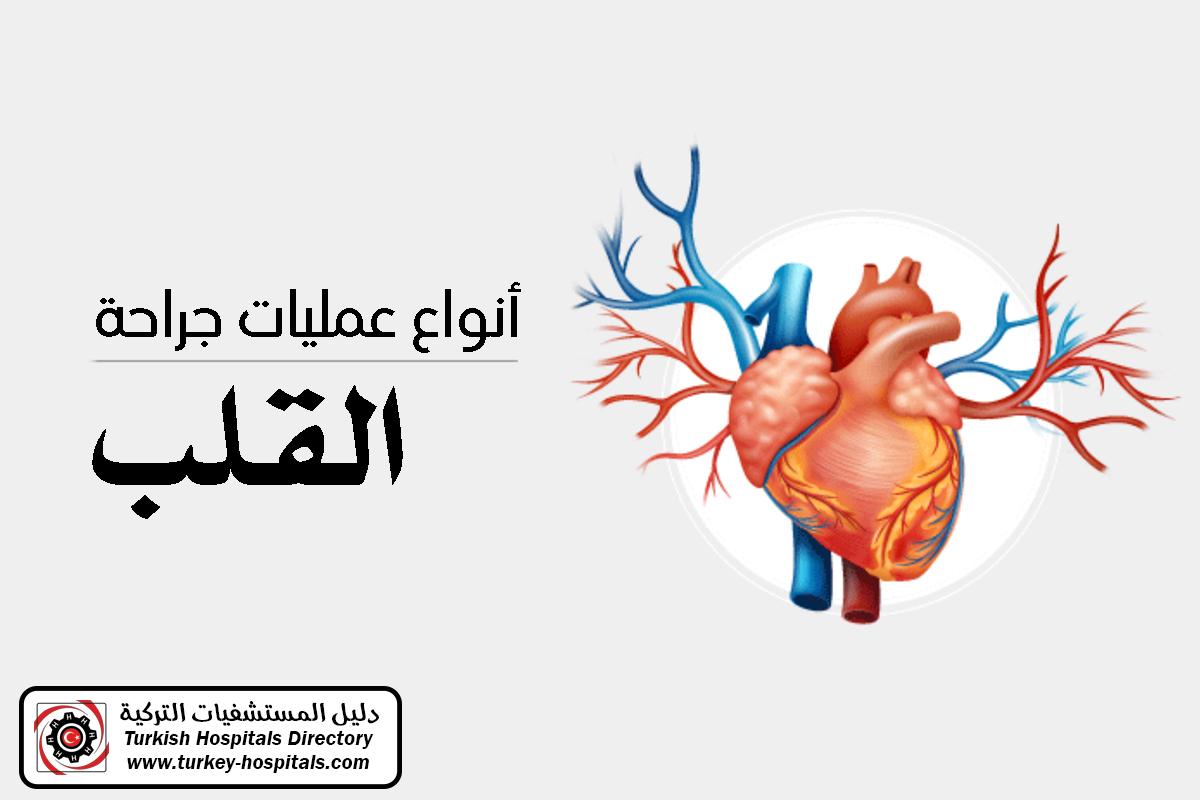Heart surgeries
Heart-related problems don’t always require surgery. Sometimes it can be treated with lifestyle changes, medications, or nonsurgical procedures. for example, Electrocatheters are used to make small scars in the heart tissue to prevent abnormal electrical signals from traveling through your heart. Implant a stent (stent) into a narrowed or blocked coronary artery to keep it open. However, Surgery is often needed to treat problems such as heart failure, plaque buildup that partially or completely blocks blood flow in a coronary artery, malfunctioning heart valves, dilated or diseased major blood vessels (eg, aorta) and abnormal heart rhythms.
What are the types of heart surgeries?
There are many types of heart surgeries. The National Heart, Lung, and Blood Institute lists, It is part of the National Institutes of Health (USA), The following are among the most common cardiac surgeries.
Coronary artery bypass grafting (CABG).
CABG (the most common type of heart surgery) The surgeon takes a healthy artery or vein from elsewhere in the body and connects it to supply blood through a blocked coronary artery. The implanted artery or vein bypasses the blocked part of the coronary artery. This creates a new path for blood flow to the heart muscle. Often, This is done for more than one coronary artery during the same surgery. CABG is sometimes referred to as heart bypass surgery or coronary artery bypass surgery.
Heart valve repair or replacement.
Surgeons either repair or replace the valve with an artificial valve or a biological valve made from pig, cow or human heart tissue. One repair option is to insert a catheter through a large blood vessel. Guide it into the heart and inflate and deflate a small balloon at the tip of the catheter to widen the narrowed valve.
Insertion of a pacemaker or implantable defibrillator (ICD).
Medication is usually the first choice for treating an arrhythmia. It is a condition in which the heart beats too fast, too slowly, or irregularly. If the medication doesn’t work, The surgeon may implant a pacemaker under the skin of the chest or abdomen. With wires connecting it to the chambers of the heart. The device uses electrical impulses to control the heart’s rhythm when a sensor detects it is abnormal. An implantable cardioverter-defibrillator works similarly. But it sends an electric shock to restore normal rhythm when it detects a dangerous arrhythmia.
Maze Surgery.
The surgeon creates a pattern of scar tissue within the heart’s upper chambers to redirect electrical signals along a controlled path to the heart’s lower chambers. The surgery blocks the stray electrical signals that cause atrial fibrillation. It is the most common type of dangerous arrhythmia.
Aneurysm repair.
The weakened section of the artery or heart wall is replaced with a patch or graft to repair a balloon-like bulge in the artery or heart muscle wall.
Heart transplant.
The diseased heart is removed and replaced with a healthy heart from a deceased donor.
Insertion of a ventricular assist device (VAD) or total artificial heart (TAH).
A VAD is a mechanical pump that supports heart function and blood flow. TAH replaces the two lower chambers of the heart.
With the development taking place in the world of heart surgeries, these operations are now available with closed and robotic technology. We, in the Turkish Hospitals Directory, help you find the best surgeons in Turkey, and we follow all the procedures for preparing you before the operation to ensure a safe and successful operation, God willing.


Leave a Reply